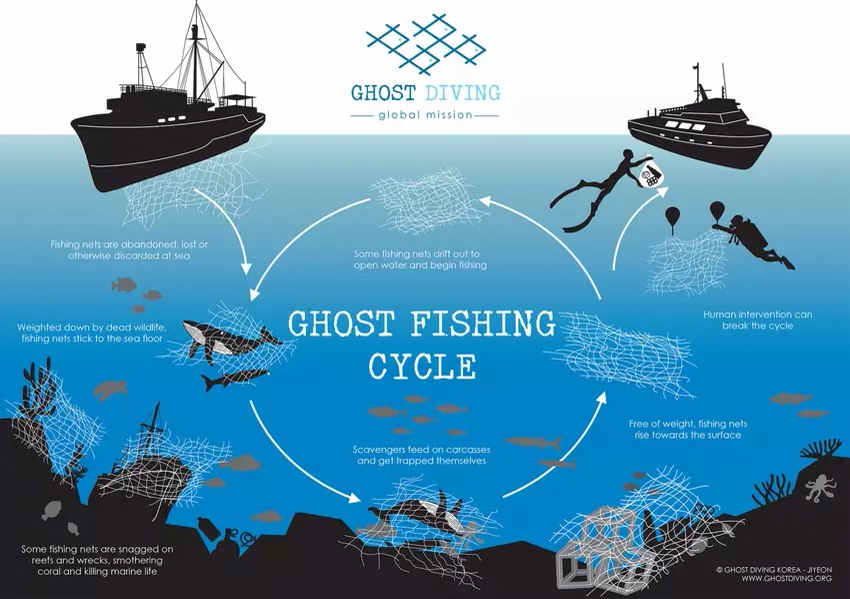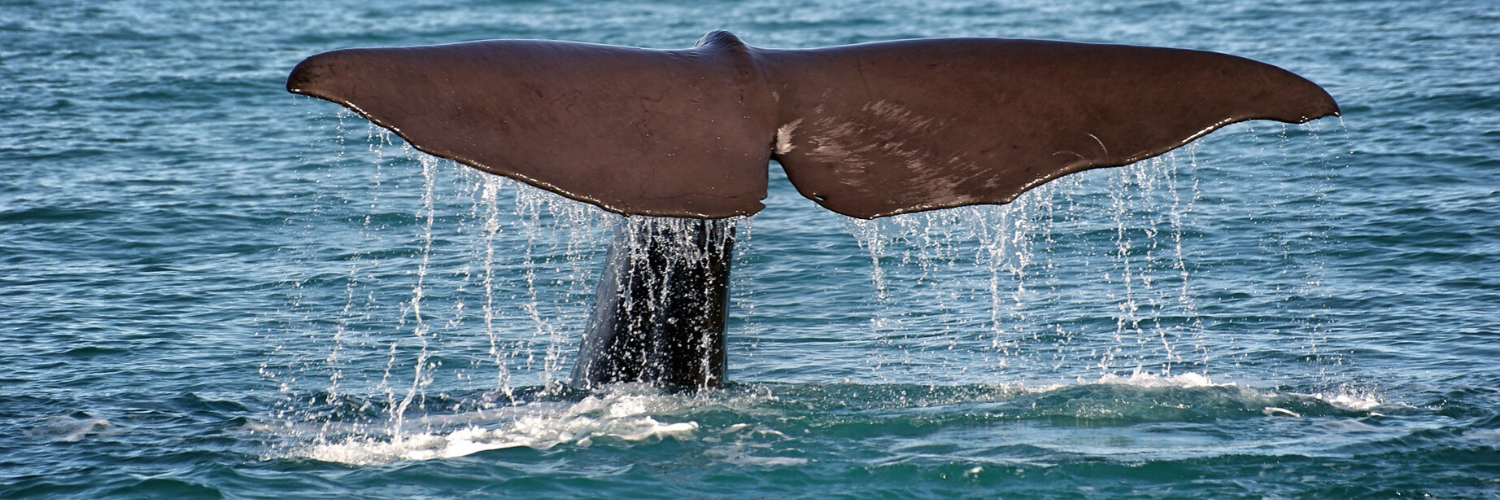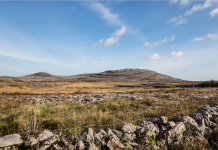Written by: Charlotte Edmond
Just because a net is no longer being used doesn’t mean it can’t continue to catch things. Italian divers have freed a sperm whale entangled in a fishing net off the northern coast of Sicily.
The coastguard was alerted to the stricken mammal by biologists working in a nearby turtle recovery centre. A team of divers was dispatched to cut the whale free, which had a large amount of net and floats wrapped around its tail.
After being freed, the whale swam off, apparently unharmed.
The nets that keep on fishing
The unfortunate whale is just one, very visible, example of the damage discarded fishing gear is doing to the marine environment. Lost or abandoned nets get caught in rocks and coral, and continue to trap wildlife – from fish to turtles, whales and dolphins. This ‘ghost fishing’ often then attracts other scavengers, which get trapped themselves.

Credit: Ghostdiving.org
Each year, more than 100,000 whales, dolphins, seals and turtles get caught in nets, lines, traps and pots.
It is estimated that somewhere between 600,000 to 800,000 tonnes of discarded fishing gear ends up in our oceans every year. This accounts for a large portion of the plastic waste in marine ecosystems.
Without human intervention and clean-ups, these ghost nets will continue to fish for hundreds of years because they are purposely made from materials which don’t easily break down.
Making fishing a circular economy
The Global Ghost Gear Initiative has launched a best-practice framework for managing fishing gear, recommending solutions and approaches across the seafood supply chain, from gear manufacturers to fishers.
Other potential solutions include biodegradable fishing gear and designs that promote recycling and incentives to return gear at the end of its life.
But illegal fishing remains a block to progress. Illegal boats sometimes dump equipment to avoid detection and fines.
Cleaning up
There are a number of charitable organizations, such as Healthy Seas, which run clean-up operations and collaborate with fishers, fish farms and local communities to help prevent waste nets from ending up at sea.
Elsewhere, companies are working to turn marine waste into useful products once more. Aquafil uses nylon waste from fishing nets to create new yarn for the fashion industry.
Plastix Global recycles discarded plastics to be used in green products including phone cases, furniture and kayaks. And Bureo transforms discarded nets into sunglasses and skateboards.
Republished with permission from World Economic Forum







